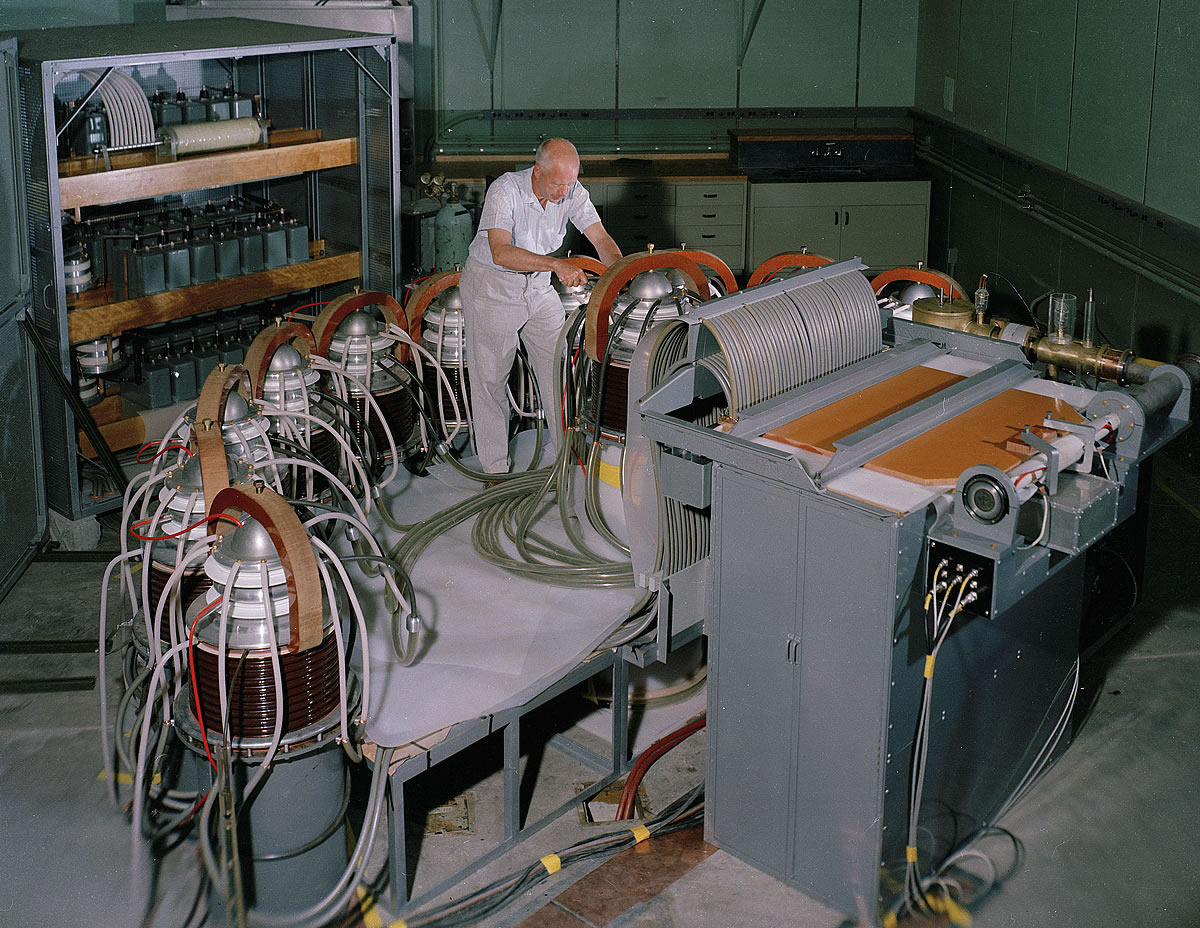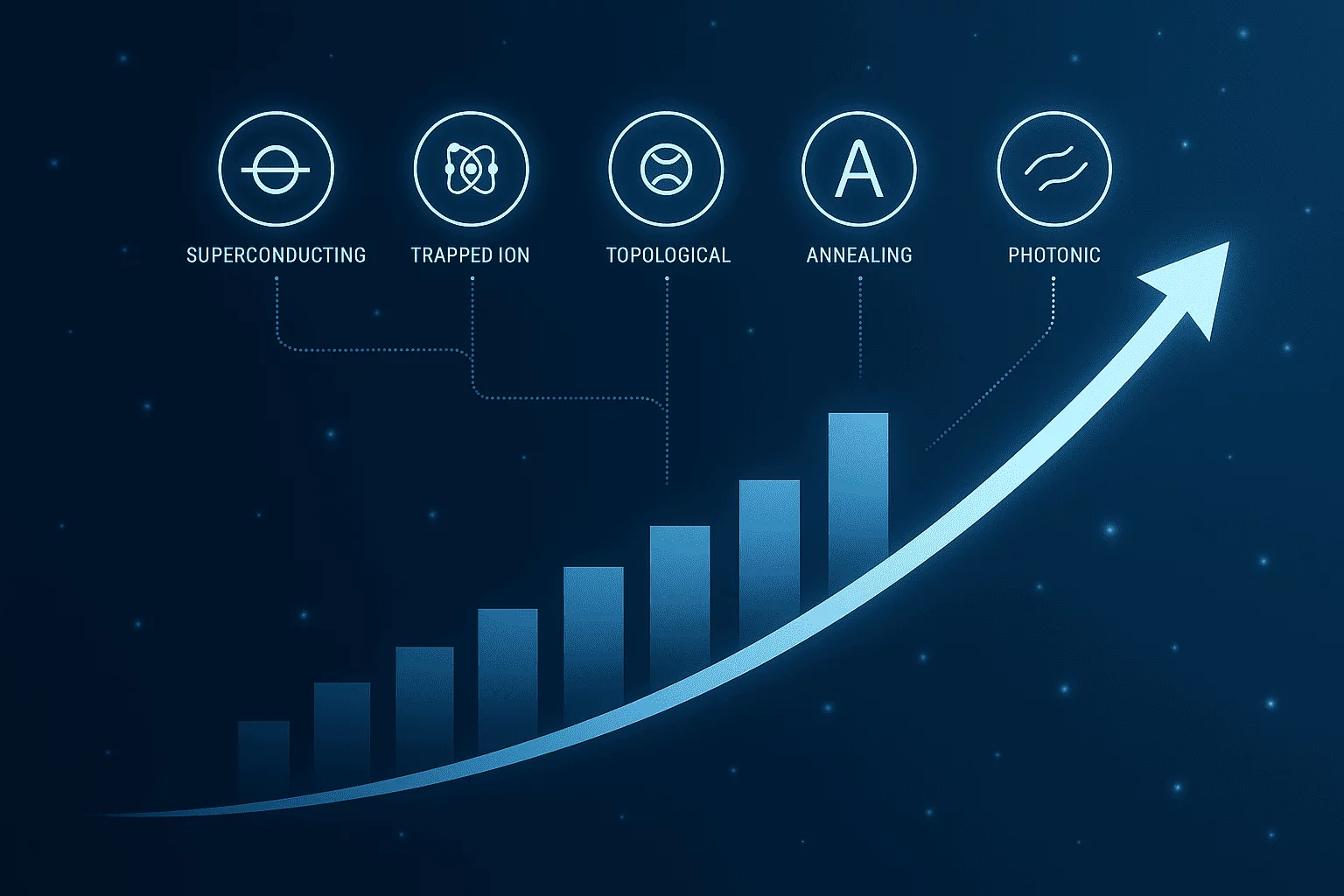The concept of terraforming—turning an inhospitable alien world into a living, breathing Earth 2.0—is among humanity’s most ambitious and controversial dreams. For some, it’s an inevitable future. For others, it’s hubris in cosmic form. Explore the bold science, ethical implications, and global momentum behind the idea of terraforming Mars—from Elon Musk’s nuclear plans to synthetic biology and nanoparticle warming.
Nowhere is this dream more tangible than on Mars, a planet that has long stirred imaginations. With its proximity, tantalizing evidence of ancient water, and similar day-night cycles, Mars feels within reach. And no one has championed this more loudly than Elon Musk, who has boldly proclaimed that colonizing—and eventually terraforming—Mars is essential for human survival.
But is this a visionary’s master plan or a glorified sci-fi fantasy?
In this in-depth global blog, we unpack the science, challenges, and implications of terraforming Mars—from orbital mirrors and climate engineering to microbial genesis and magnetosphere reconstruction. We also examine Elon Musk’s shifting tone, the role of international cooperation, and what global leaders like Mattias Knutsson say about turning dreams into sustainable, ethical supply chains on a planetary scale.
The Physics of Mars: Why Terraforming Is So Difficult
Before we terraform, we must understand what we’re up against. Mars is a vastly different world:
- Atmospheric Pressure: Only 0.6% of Earth’s at sea level. Humans cannot breathe without full pressure suits.
- Temperature: Averages –63 °C, with lows near –125 °C.
- Gravity: Only 38% of Earth’s, which could affect long-term health and reproduction.
- No Magnetosphere: Mars has no protective magnetic field, making it vulnerable to solar wind and cosmic radiation.
- Soil Toxicity: Martian regolith contains perchlorates, which are toxic to humans and must be removed or neutralized to grow crops.
These differences make “just warming it up” far more complex than it sounds.
The Engineering Arsenal: Six Ways to Terraform Mars (Expanded)
1. Orbiting Mirrors: Bringing in the Sunlight
Large, ultra-light reflectors placed in Martian orbit could bounce sunlight onto polar caps, melting CO₂ and thickening the atmosphere. A 2006 NASA study estimated that mirrors 100 km wide could increase surface temperatures by up to 5°C, enough to begin a feedback loop.
2. Synthetic Greenhouse Gases
Artificial fluorocarbons (PFCs) trap heat 10,000 times more effectively than CO₂. Generating them with automated factories could slowly warm Mars over decades. The catch? It would require dozens of terawatts of energy—far beyond today’s capabilities.
3. Nanoparticle Dust Clouds
In 2024, University of Chicago researchers proposed using metallic nanoparticles—a “space glitter” to capture heat and reflect it downward. The benefit? Cheaper, potentially deployable from orbit or Martian factories. But concerns over planetary albedo and dust storms remain.
4. Redirected Asteroids
Bombarding Mars with icy asteroids could serve two purposes: delivering nitrogen to thicken the atmosphere and generating heat via impact. While incredibly dangerous, some models suggest Kuiper Belt Objects could be targeted via autonomous propulsion over a 100-year timeline.
5. Superconducting Magnetic Shields
To protect its new atmosphere, Mars would need a magnetic field. One proposal: placing a powerful magnetic dipole at the Mars–Sun L1 Lagrange point to deflect solar winds. This would require unprecedented construction—potentially more mass than the ISS, in deep space.
6. Biological Seeding & Ecopoiesis
One of the most exciting (and low-energy) proposals involves genetically modified bacteria that can survive Martian extremes. These organisms would release oxygen, fix nitrogen, and pave the way for plants. In 2022, scientists successfully grew cyanobacteria in simulated Mars regolith—proof-of-concept for ecopoiesis.
Elon Musk: Strategist, Showman, or Scientific Catalyst?
Elon Musk has consistently presented Mars colonization as a moral obligation, claiming it insulates humanity from Earth-bound extinction. Early on, he famously joked about “nuking the poles” to kickstart warming—a statement many took literally.
Today, Musk speaks more cautiously. In recent interviews, he emphasizes domed cities, closed-loop hydroponic agriculture, and modular life support, calling full terraforming a “multi-century” endeavor.
Still, he funds open-source Mars architecture research and encourages ideas like space manufacturing, solar power domes, and Starlink constellations for Mars-based communication.
Global Collaboration: Terraforming Can’t Be a Solo Project
Terraforming is not the domain of billionaires alone. It demands coordinated global investment:
- NASA and ESA contribute modeling, simulation, and robotics.
- China has advanced Mars rover tech and may send humans to Mars in the 2040s.
- Private firms (like Blue Origin, Astrobotic, and Firefly) are developing precision landers and surface logistics platforms.
- Climate scientists, ironically, have contributed most of our understanding of planetary warming—albeit focused on reversing it here on Earth.
Terraforming could become the largest multinational civil engineering project in human history—requiring a space-based UN, governance framework, and transparent ecological policies.
The Psychological Dimension: Why Terraforming Captivates Us
Terraforming is more than science—it’s deeply emotional. It taps into our primal desire to build, reshape, and survive.
- Terraforming is narrative: the story of rebirth, of humans turning lifeless soil into fertile ground.
- Terraforming is identity: we shape the world—and in doing so, we define ourselves.
- Terraforming is control: it implies we can overcome climate collapse by reengineering the universe itself.
But these ideas carry risk. They can distract us from preserving Earth, or embolden climate nihilism.
The Long Game: A Realistic Timeline
| Year | Milestone |
|---|---|
| 2026–2030 | First human landings, enclosed domes, food trials, oxygen generation |
| 2030–2050 | Biodome expansion, local bio-reactors, synthetic gas production begins |
| 2050–2100 | Partial atmosphere warming through aerosol-based geoengineering |
| 2100–2200 | Expansion of bacterial ecopoiesis, modular habitat cities grow |
| 2200–2300 | Atmospheric thickening, surface lakes and agriculture tests |
| 2300+ | Stable partial atmosphere, potential surface walking with gear only |
This is, by any measure, the work of generations. It will outlast companies, governments, and ideologies. Terraforming is civilization-scale thinking.
Conclusion:
Terraforming Mars is not a shortcut. It is not a replacement for climate action here on Earth. But it is an incredible crucible for innovation, unity, and vision.
The most likely future is a hybrid: domed cities, controlled biomes, and bio-enhanced zones where Earth life slowly adapts. Maybe Mars will never be blue and green like Earth—but it might be red, warm, and alive.
In the end, as Mattias Knutsson wisely reflects:
“Terraforming is not about recreating Earth. It’s about creating possibility. If we treat Mars as a supply chain challenge, a moral test, and a systems experiment, we build not just a new planet—but a better humanity.”
Terraforming may still be a dream. But like all dreams worth having, it begins with vision—and ends in legacy.





